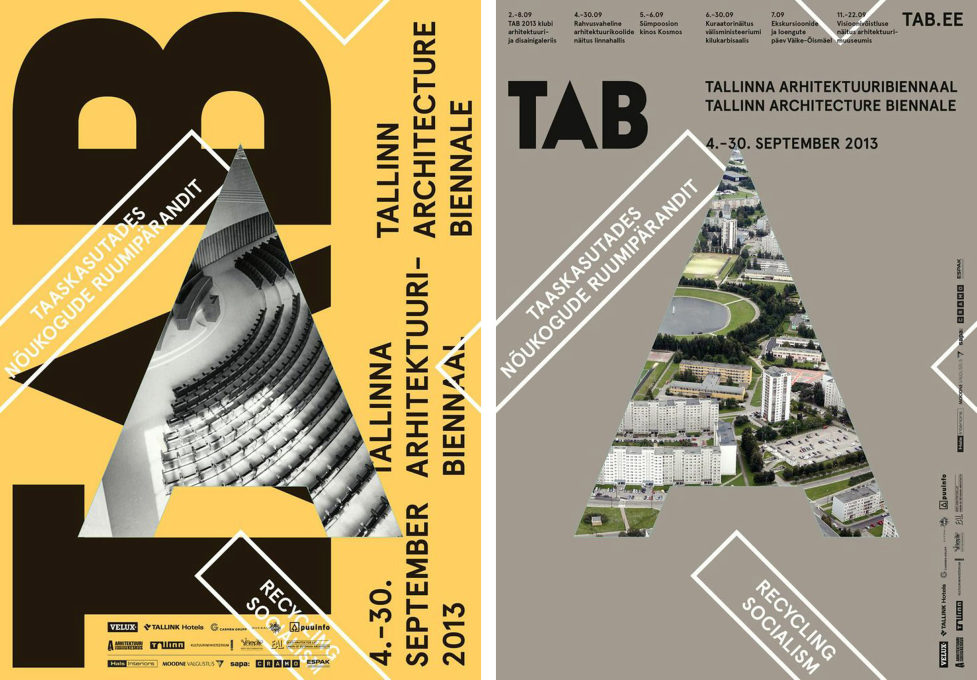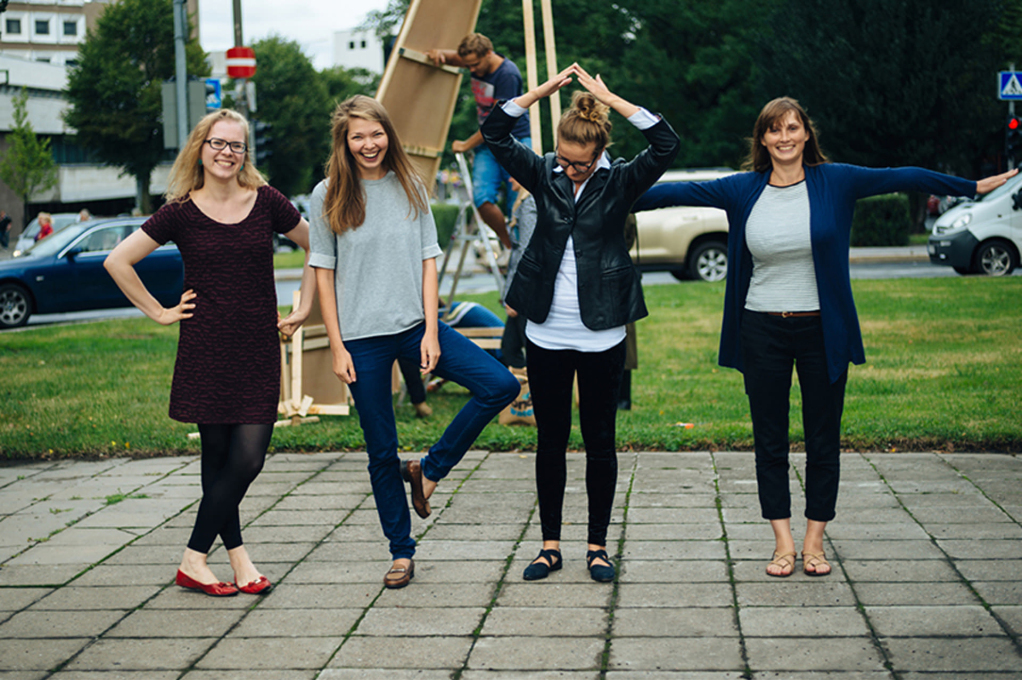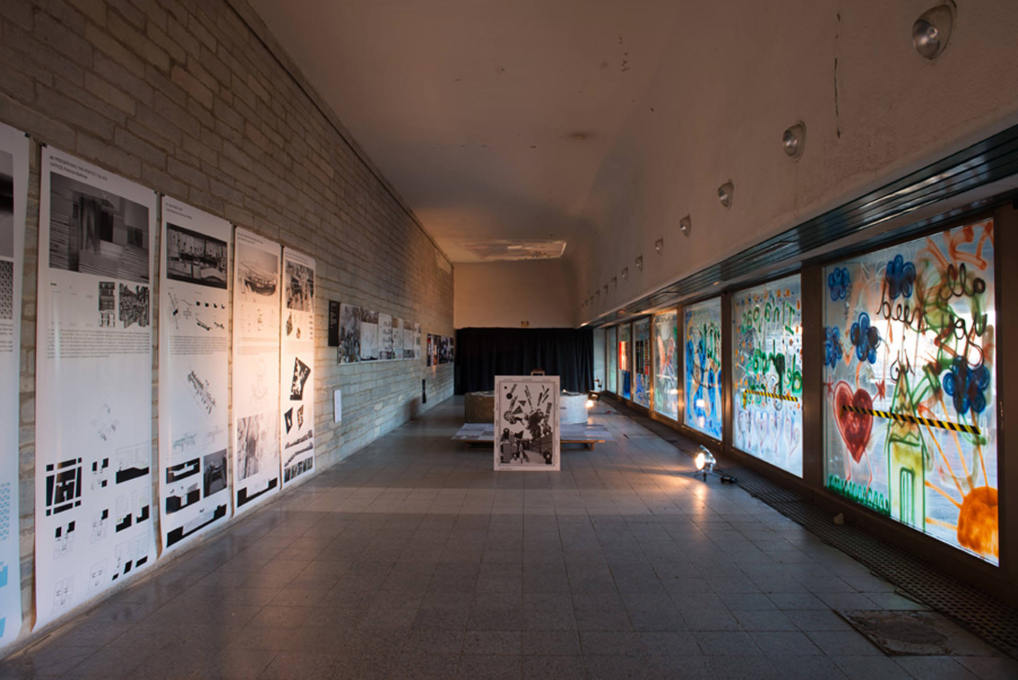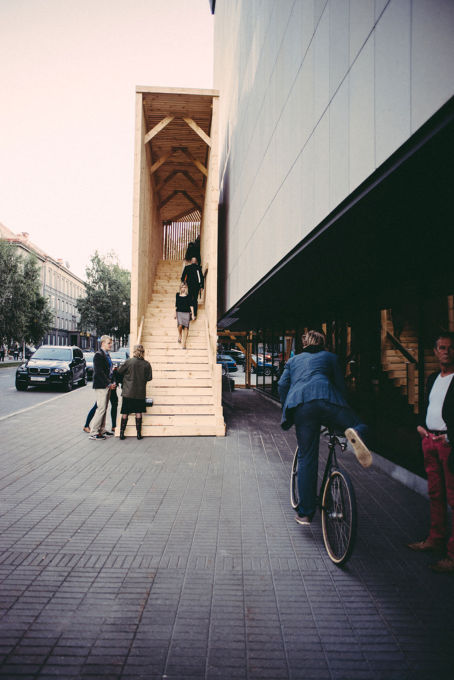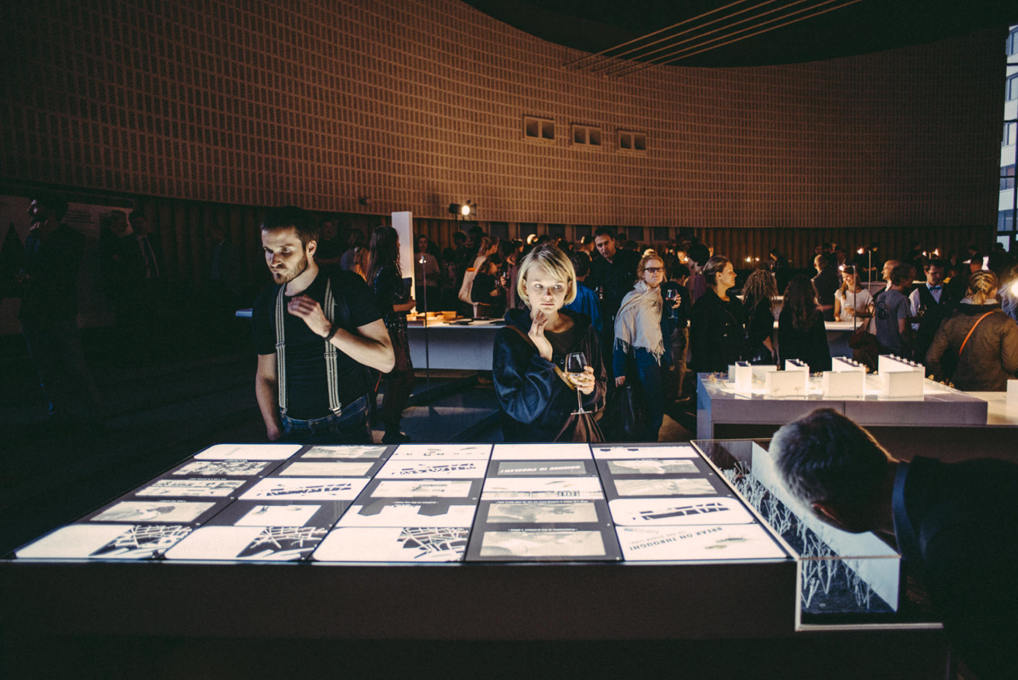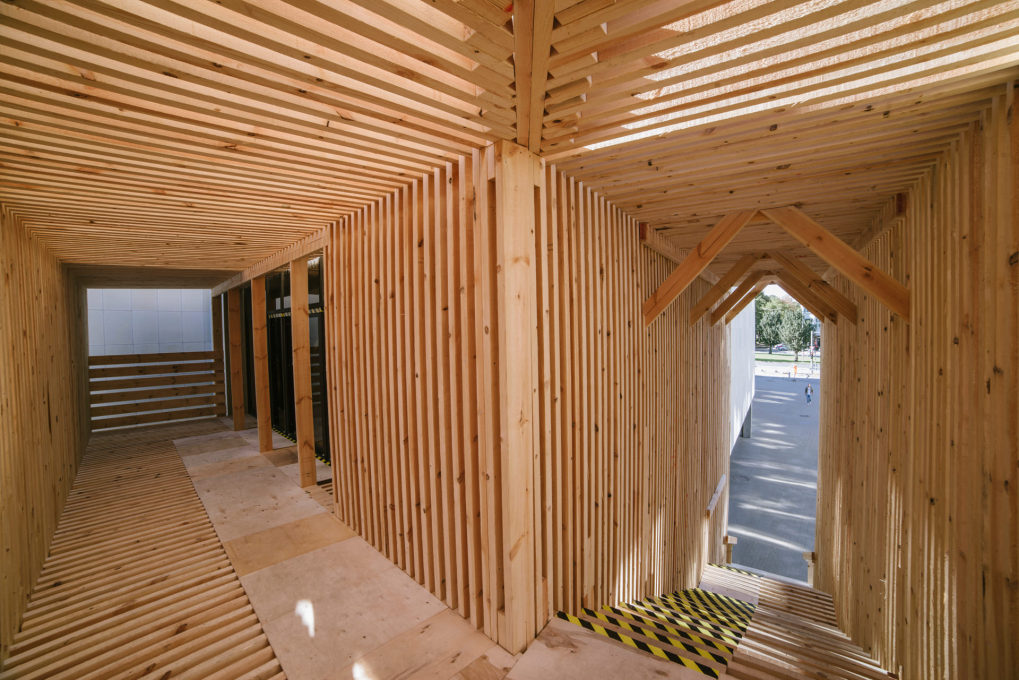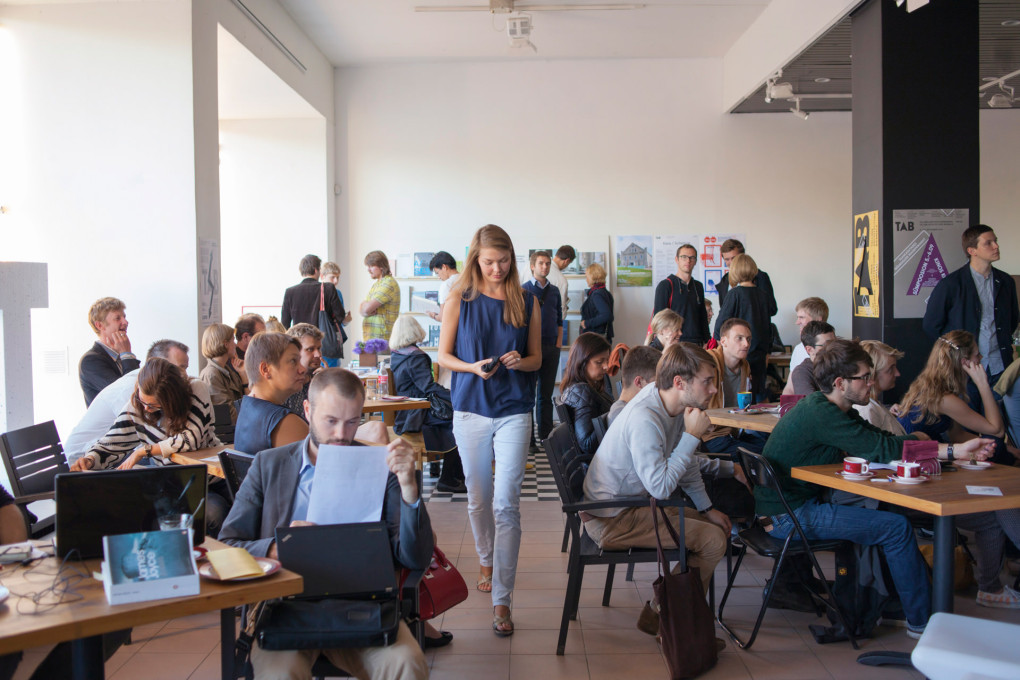The Finnish architect and critic Tarja Nurmi visited the Symposium and events of the 2nd Tallinn Architecture Biennale and found it a pale shadow of its predecessor.
Two years ago I visited the first Tallinn Architecture Biennale entitled Landscape Urbanism and found it to be a well-organized and inclusive event hosted in the charming and slightly rough capital of Estonia. So I arrived with eager anticipation this time around for the two-day symposium in the Kosmos cinema theatre building.
The biennial´s slightly strange title, Recycling Socialism, chosen by the relatively young curators –b210 architects Aet Ader, Kadri Klementi, Karin Tõugu and Kaidi Õis – bugged me however. The aim, they said, was to “explore and study socialist and modernist spaces and ideas”, but what they actually meant with this sweeping statement remained unclear.
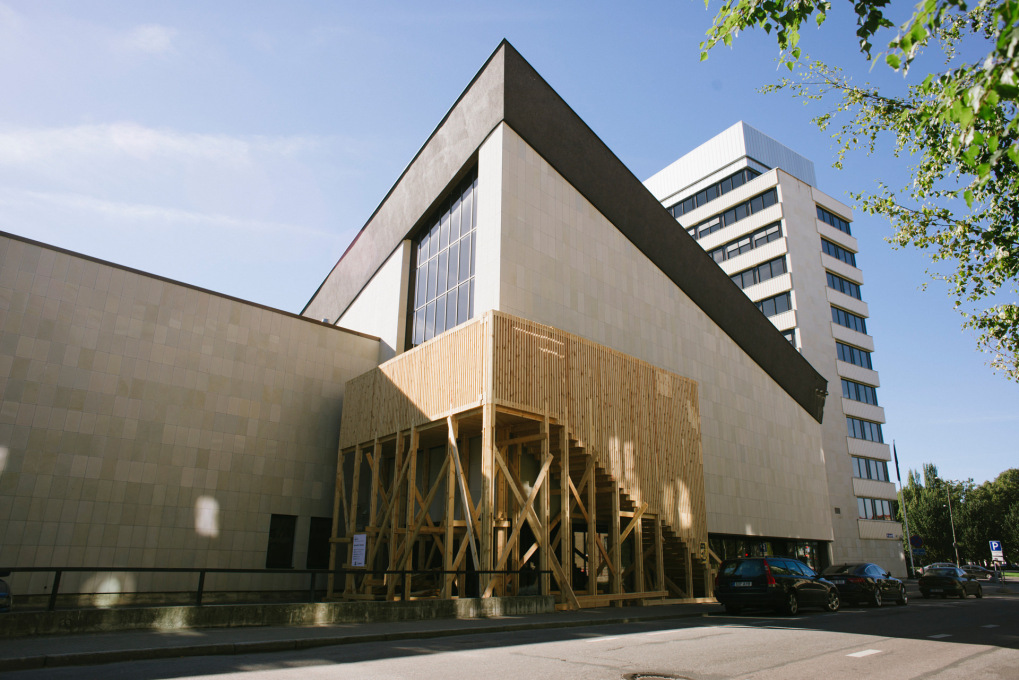
I expected to hear about successful strategies and projects, lending new social, structural and sustainable qualities to the old former socialist block housing areas built in Tallinn surrounding countries and I was keen to know more about reusing or restoring interesting public architecture from the Socialist era. There are many exciting buildings, like the TV tower in Berlin for example, by architects who have worked under socialism in the former GDR, Yugoslavia, Poland and so forth. But instead, the symposium consisted of a selection of 3 + 3 lectures. The invited speakers tended to address the topic either from a theoretical or a rather shallow perspective. In one enjoyable lecture however, the architecture historian Andres Kurg did touch on the subject with his theme of “different architects” working on Moscow and Tallinn as Paper Architects, and the Tallinn 10, even in socialist times. The Berlin-based practice Raumlabor too presented some nice and feisty things, like their Eichbaumoper near Essen and the Raumlaborkorea project. The Slovenian architect and theorist Petra Ceferin also looked into some fine examples of public architecture and places from the former socialist Yugoslavia
However, in the context of the biennial´s title, stories about creating kiosk-like structures made from parts of earlier existing buildings, pop-up events and bubble-like dining spaces may be fun, but I would still call that “architecture entertainment”. No real specialist had been invited to talk about the demanding and intelligent strategies needed, the vast economic operations involved, or clever sustainability issues. Nobody underlined the magnitude of the existing problems, or introduced excellent built examples in the field of updating problem housing areas – either in big or in shrinking cities.
The Curators Exhibition and the chosen space I did like, however. It was situated in the former plenary hall of the Ministry of Foreign Affairs (the former Estonian Communist Party Central Committee HQ). A wooden temporary entrance was created by Tomomi Hayashi especially for the show, and Raumlabor made a small temporary installation with smoke in front of the main façade of the same building, for which the photo session only lasted for ten minutes because of heavy traffic. A fine exhibition image, also printed as a postcard, still remains.
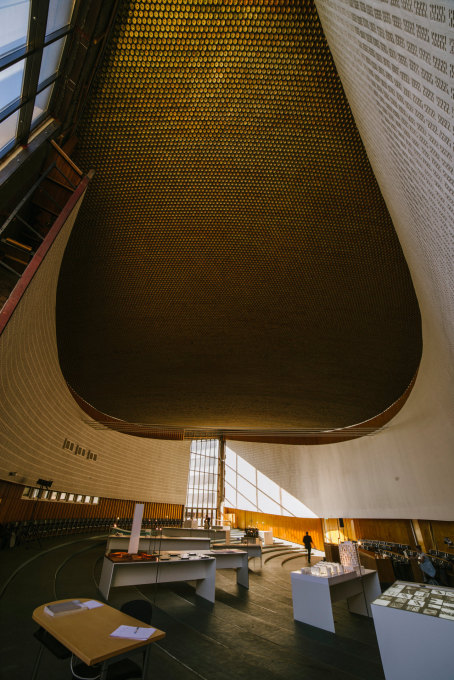
The exhibition itself focused on Tallinn and was nicely laid out in the grand, empty space. The curators had invited a few international architects to look into places and buildings from the socialist era and rethink or “recycle” them. Talking of empty spaces from the socialist era, the grand, strange and impressive but empty and technically problematic Linnahall /City Hall building by Raine Karp and Riina Altmäe (1980) was also opened up to the TAB public as an exhibition, party and event space.
In the curators exhibition, the idea by the engineer and CAAD lecturer Benjamin Dillenberger, of using pulverised concrete from demolished buildings to use for 3D-printing models of cave-like structures, seemed quite strange, as did Vladimir Frolov and Alexey Levchuk’s idea of creating a “theatre of nothing” out of the Kosmos Cinema, with a skyscraper-like vertical slab hovering above it, filled with helium. Nice ideas and models, but why?
Other exhibits in Tallinn were a temporary club/cafe/bookshop serving the event in a street-level art-gallery, plus an international student competition for another big socialist-regime housing area. Satellite events like workshops, films and urban walks to the buildings referred to in the exhibitions, were also organized. Several of them were accessible even for the general public. The event, with its modest budget of 130,000 euro, was also highly visible in the cityscape, thanks to some excellent graphic design by AKU / Alari Orav, Kaarel Kala and Uku-Kristjan Küttis.
But the intellectual core of the event was a big disappointment. I hope that the curators of the next biennale in 2015 invite lecturers who can give real beef to the general title of the whole event because for a biennale without such a base, something just seems to be missing.
– Tarja Nurmi, Helsinki
Tallinn Architecture Biennale
4 – 30 September 2013




